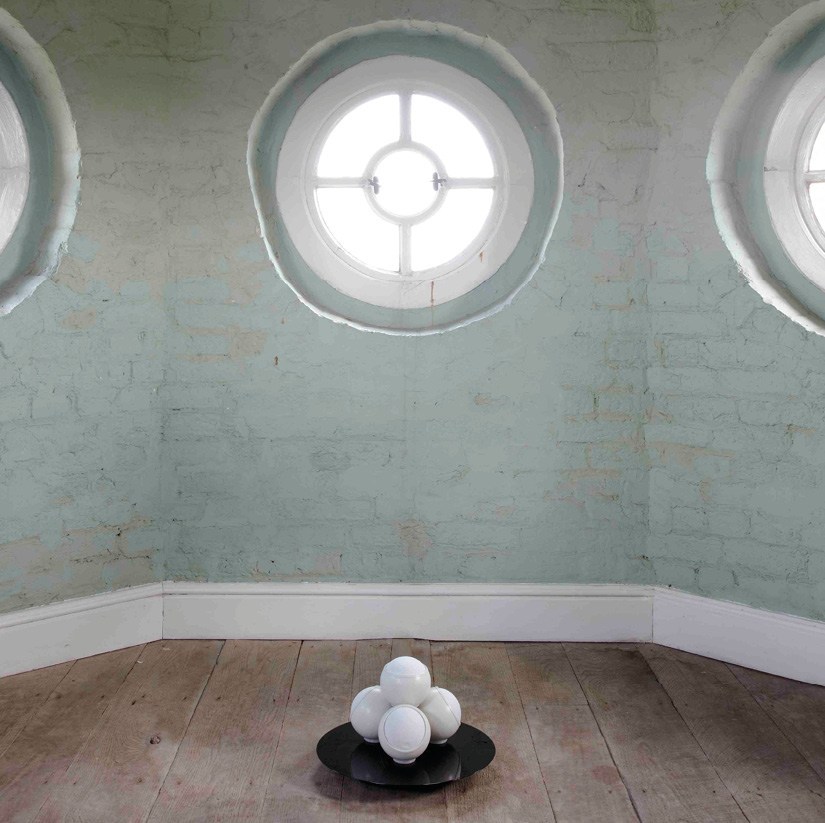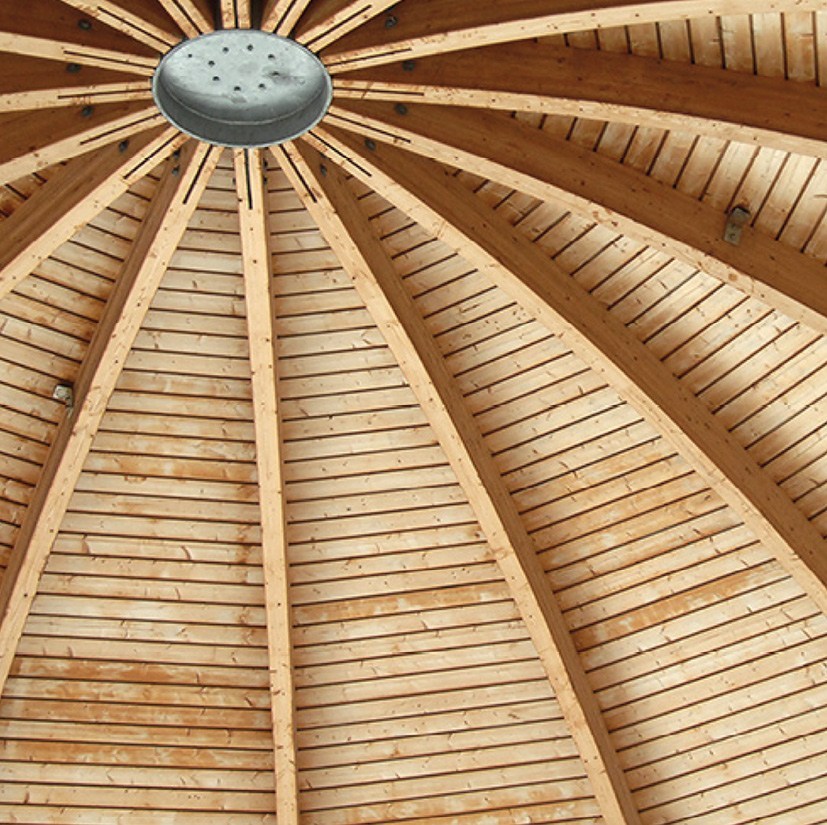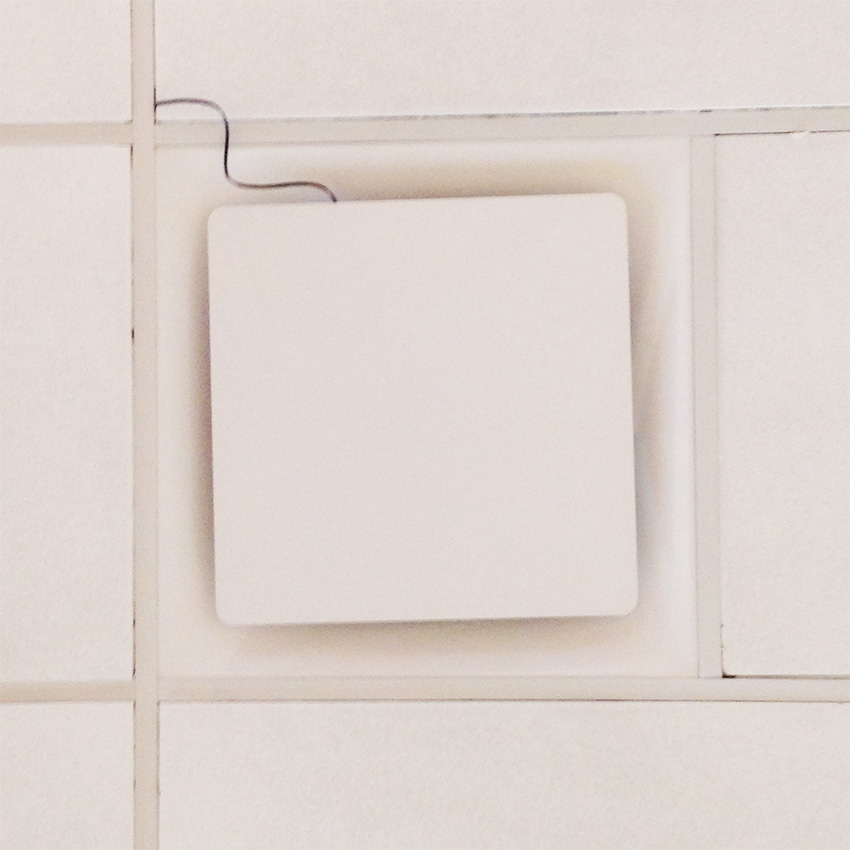Caroline Devine
Sound Artist & Composer
Caroline Devine is a sound artist and composer. Her work investigates the boundary between sound and music – exploring voices, signals and sounds that are ordinarily imperceptible or in some way absent. She has a particular interest in listening to the natural physical world and the use of space as a compositional parameter. Caroline’s compositional practice explores microtones, interference and the perception of sound (psychoacoustics). She is interested in finding ways to interpret and communicate results from data both in electronic form using tone generators but also in a more physical sense through immersive sound installations that open up new ways of listening. Sound provides the natural link to our research in helioseismology and asteroseismology.
Since 2012, Caroline has collaborated extensively with Professor Bill Chaplin and his group. She began by incorporating helioseismology data from the Birmingham Solar-Oscillations Network (BiSON) into a number of sound works, including “5 Minute Oscillations of the Sun” (2012), which was shortlisted for a BASCA British Composer Award in 2013, “Oscillate” for SOUNDWORKS, ICA (2012), and “Space Ham” for BBC Radio 3 (2013).
Caroline’s approach is such that she spends time listening to the academics to learn more about their research while considering which aspects of their practice have a particular resonance with her own compositional interests. She then develops a work informed by the science and with a rigorous conceptual basis. It is important to Caroline that, in order for this successful science art collaboration to maintain its integrity, while the artwork respects the science, it is not merely illustrative or “art in the service of science” and that her practice continues to provoke new ways of listening and thinking about sound and to push at the boundaries of what is perceived as sound, music, art and installation. She is interested not only in the mapping of data through sound but also in our human response to these new ways of listening and how they can affect our perception of time, for example.
We applied successfully to the Public Engagement Grant Scheme of the Institute of Physics for funds to support an art-science installation at the Birmingham Thinktank Science Museum. The installation, which had an extremely successful 6-month run, combined elements of Caroline’s composition “Oscillate” with an animated display that explained the science underlying the composition.
In 2014, Caroline was awarded a Leverhulme Artist in Residence award to spend time with the group at UoB. The objective for the Residency was to give Caroline the opportunity to immerse herself in the research, to better understand the underlying principles, and, ultimately to extend her practice beyond the Sun to make artworks incorporating oscillations data for stars observed by the NASA Kepler, in particular those known to host planets. The Residency also led to the piece “Poetics of (Outer) Space” (2015), which was presented in collaboration with IKON Gallery, a contemporary art venue in Birmingham, and as part of the 2015 UoB Arts and Science Festival.
Professor Chaplin recently applied successfully to the UoB IAS Research Investment Scheme to appoint Devine as the inaugural IAS Artist in Residence (as a Creative Fellow). The goal now is to take this work to the next level, adding an important international dimension with the Stellar Astrophysics Centre (SAC) at Aarhus University, Denmark, the Birmingham group’s closest research collaborators; and use of data from the new NASA Transiting Exoplanet Survey Satellite (TESS), which was launched in spring 2018.
“Devine has taken data from NASA’s Kepler missions to create individual compositions that occupy each floor of the 29 metre high tower, built in 1758. Each composition can be thought of as a subset of this set of data, and a mapping of the range of frequencies and information gathered by the missions to a more manageable human scale. The compositions from each star’s data are positioned according to their age, frequency range and the number of exoplanets they host, moving upwards through the tower, which could almost have been custom built for the installation. [...] As you ascend through the building, you’re also moving light years through the universe, outwards towards the different solar systems with their exoplanets and changing resonances. Just as musical instruments resonate with frequencies, so can the stars and planets, and it is this resonance that Devine has scaled for the human ear.”



